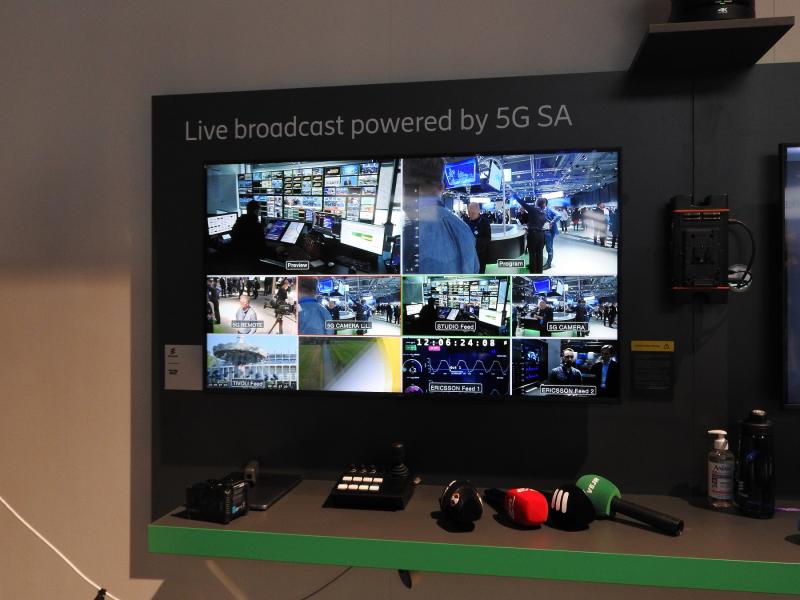Working with Taiwanese TV and multimedia company TVBS, Ericsson and Far EasTone Telecommunications collaborated on a live broadcast of the 21st New Taipei City Wan Jin Shi Marathon in Taiwan last month.
According to Ericsson, 5G network slicing was used to ensure a great viewing experience of the competition through the transmission of live streaming data. Considering the pace of these runners and the more than 11,000 who participated, guaranteeing high-quality streaming on site was no slam dunk.
Ericsson and Far EasTone leveraged 5G network slicing to make it all happen. Far EasTone is no stranger to network slicing, as it has used the technology in the crime-fighting realm for a 5G smart patrol police car.
With the ability to isolate traffic through a slice that is configured based on broadcasters’ throughput, latency and security needs, Ericsson’s network slicing technology allowed Far EasTone to provide quick and flexible allocation of its bandwidth to the event location, according to the Swedish vendor.
In addition, Far EasTone was able to improve network capacity by optimizing the existing base stations and adding Cell On Wheels (COW) on site to ensure every part of the event was fully captured. COWs are often used during big events or in response to disasters because they’re mobile and can be transported wherever additional capacity is required.
“The live broadcast enabled by network slicing offered superior viewing experience no matter where you are,” said Sibel Bahadir, VP and head of the Far EasTone account at Ericsson Taiwan. “I believe this would open an array of opportunities for many more applications requiring superb mobile experiences and a customized network setup.”
Long time coming
Ericsson has seen network slicing as a key 5G enabler since it was introduced in 2013. But it required the full transition to 5G standalone (SA) – without the LTE core that most operators first pursued with 5G non-standalone (NSA). Now that more operators worldwide are rolling out SA, it’s becoming more of a reality.
Citing service providers like Deutsche Telekom, BT, Telefonica and Vodafone UK, Ericsson in a report last year said it’s likely we’ll see the first commercial launches of network slicing in 2023.

Ericsson is of the belief that 5G SA with network slicing will offer a better cost-to-performance ratio when compared to alternatives, such as satellite links, which are the current standard solution.
According to the Ericsson report, 5G slicing means streams are sent directly to a central production site, so a production truck roll isn't required and broadcasters can send smaller teams to a site. The 5G link also reduces or replaces other communications equipment needed for signaling and internal communications.
